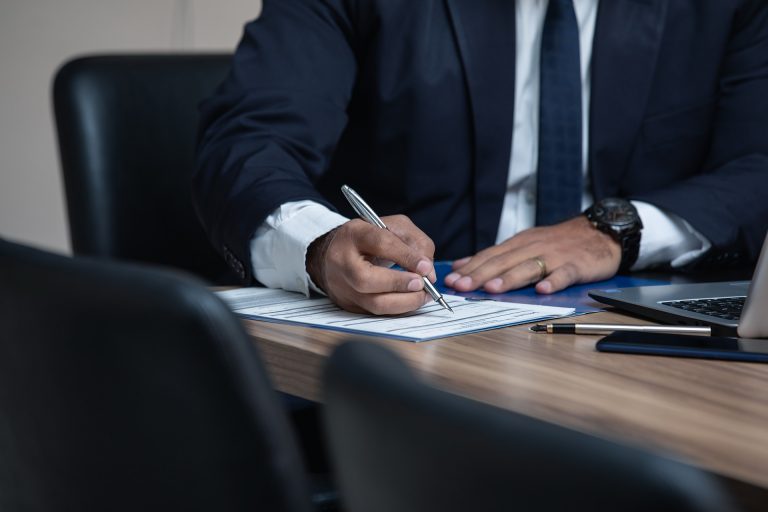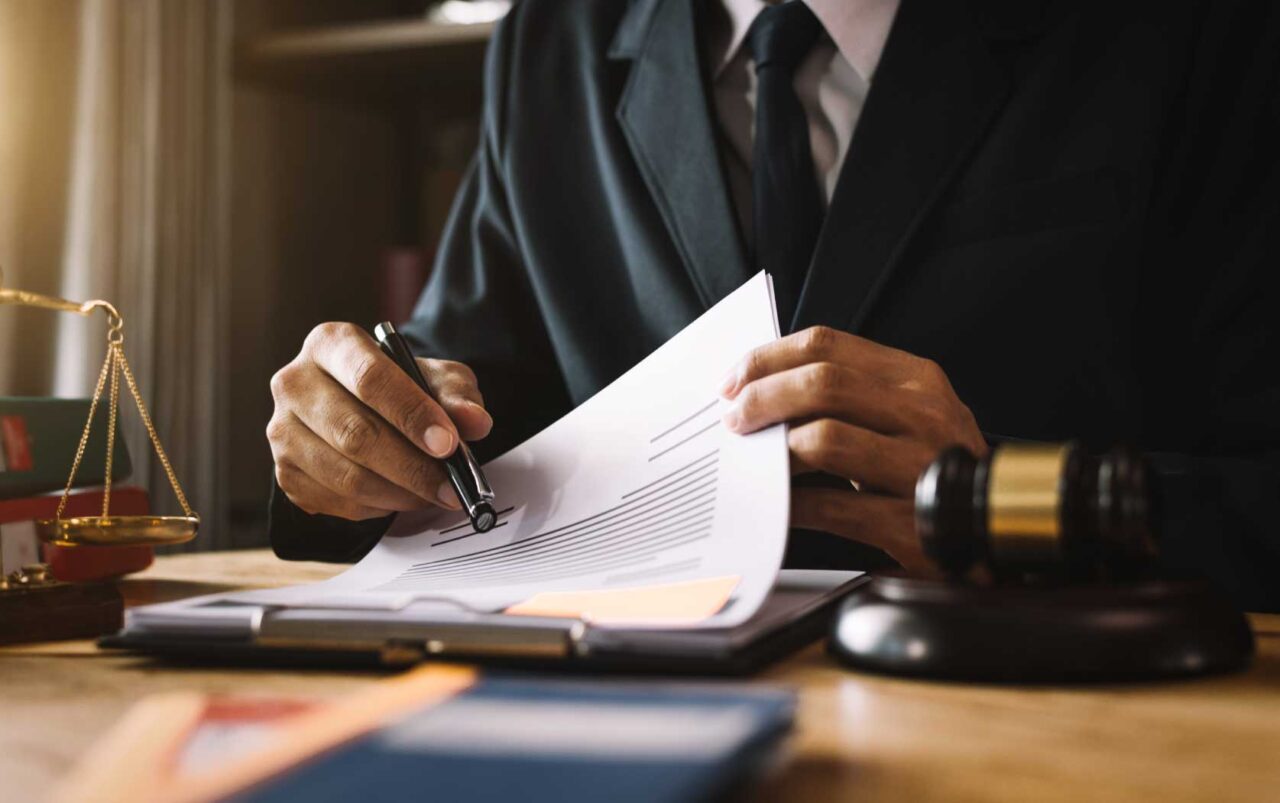Buying your first home is one of life’s most exciting—and stressful—experiences. Between house hunting and loan approvals, there’s a key step you might not fully understand yet: conveyancing. If you’re a first-time homebuyer, this guide will walk you through what conveyancing is, why it matters, and how to make sure your property transfer goes smoothly.
Let’s simplify it, together.
What Is Conveyancing?
Conveyancing is the legal process of transferring property ownership from the seller to the buyer. In other words, it ensures that when you buy a home, it legally becomes yours—and no hidden surprises come with it.
Whether you’re buying a brand-new apartment or a fixer-upper house, conveyancing protects your rights and interests throughout the deal. It’s typically handled by a licensed conveyancer or property solicitor.
Think of it like this:
You wouldn’t buy a used car without checking its history. Conveyancing is the “background check” for your property—only with legal paperwork, title checks, and official approvals.
Why Conveyancing Matters in Home Buying
You may be wondering: “Can’t I just sign the contract and move in?”
Not so fast!
Here’s why the conveyancing process is critical for every homebuyer:
- ✅ It ensures the property title is clear of debt or disputes
- ✅ It confirms the seller has the legal right to sell the property
- ✅ It checks for planning or zoning issues that could affect your use of the home
- ✅ It coordinates your settlement date and money transfer
- ✅ It keeps you protected from costly legal risks
Without proper conveyancing, you might unknowingly buy a home that comes with unpaid council rates, building violations, or worse—a fake seller.
Key Stages of the Conveyancing Process
Conveyancing typically begins after your offer is accepted and runs until settlement day. Here’s how it works in 5 simple stages:
Seee more: Why Hiring the Best Commercial Lawyers Can Save Your Business
1. Pre-Contract Stage
- Reviewing the sales contract
- Ordering property searches (title, council, drainage)
- Highlighting any red flags or conditions to include
2. Exchange of Contracts
- You and the seller sign identical contracts
- The deal becomes legally binding
- You usually pay a deposit (often 10%)
3. Cooling-Off Period (where applicable)
- A brief window (often 5 days) to back out
- Penalties may apply if you change your mind
4. Pre-Settlement Stage
- Finalizing mortgage documents
- Conducting a final property inspection
- Preparing for fund transfer and stamp duty payment
5. Settlement Day
- Your conveyancer exchanges documents and payment
- Ownership officially transfers to you
- You get the keys and can move in!
What Documents Are Involved in Conveyancing?
There’s no shortage of paperwork involved—but don’t panic. A good conveyancer will handle most of it. Still, it helps to know what’s being exchanged:

- Contract of Sale – Outlines the terms of your agreement
- Vendor’s Statement (Section 32 in VIC) – Discloses known issues with the property
- Title Certificate – Proves legal ownership of the land
- Transfer of Land Form – Legally records the property change
- Mortgage Documents – From your lender (if you have a loan)
- Settlement Statement – Breaks down final costs and payments
How Long Does Conveyancing Take?
On average, the conveyancing process takes 4 to 8 weeks from offer to settlement.
However, the timeline can vary depending on:
- Your state or territory
- How quickly contracts are exchanged
- Your bank’s response time
- Any complications with the property (like title issues)
👉 Tip: Ask your conveyancer for regular updates to stay in the loop without feeling overwhelmed.
Common Mistakes to Avoid During Conveyancing
Here are a few rookie mistakes that could derail your homebuying journey:
- ❌ Not reading the fine print in the contract
- ❌ Skipping the building and pest inspection
- ❌ Choosing a cheap but inexperienced conveyancer
- ❌ Not getting pre-approval from your bank
- ❌ Missing your settlement date
- ❌ Assuming your conveyancer handles everything (you still need to stay engaged)
Choosing the Right Conveyancer
Your conveyancer plays a big role in protecting your financial and legal interests—so don’t just go with the cheapest option.
What to look for:
- ✅ Licensed and experienced in your state
- ✅ Transparent about fees and timelines
- ✅ Responsive and explains things clearly
- ✅ Good reviews or referrals from others
You can choose an independent conveyancer or a property lawyer—both are qualified, but lawyers may also help if things get legally complex.
Final Tips for First-Time Homebuyers
Buying your first home comes with a learning curve. Here are a few final nuggets of advice:
- 📌 Don’t rush—ask your conveyancer to explain anything you don’t understand
- 📌 Always get building and pest inspections done before committing
- 📌 Keep extra funds handy for stamp duty, legal fees, and unexpected costs
- 📌 Stay calm if delays happen—it’s common in real estate
- 📌 Celebrate when the keys are finally in your hands—you earned it!
Conclusion: You Don’t Have to Do It Alone
Conveyancing might sound like just more red tape, but it’s actually your best friend in the homebuying process. It keeps you legally protected, financially secure, and confident that the home you’re buying is truly yours.
🎯 Need help navigating the conveyancing process?
Drop your questions in the comments below—or reach out to a licensed conveyancer for guidance tailored to your property journey.

